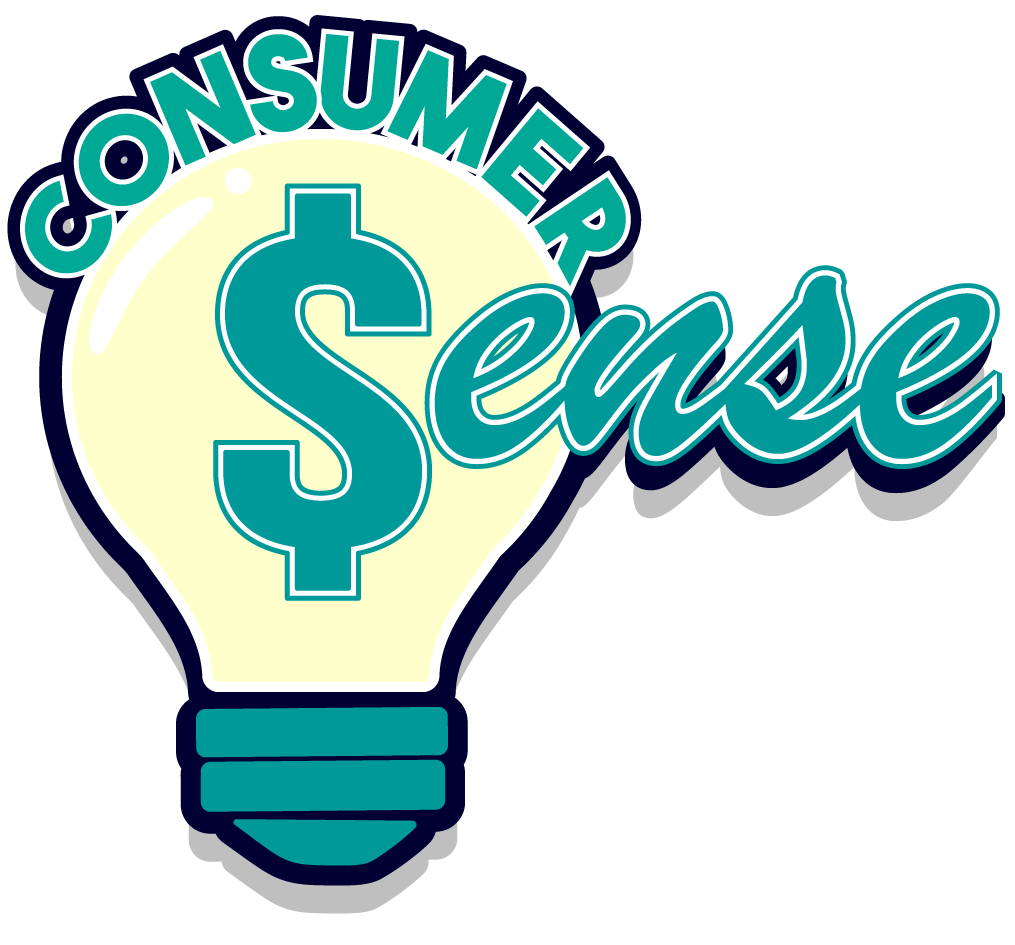say goodbye fast fashion and hello to thrifting!
3 min read

Fast fashion accounts for 10% of all carbon emissions in the world and is the second largest industry when it comes to pollution behind the oil industry. Fast fashion companies put out 150 billion clothing items every year.
Why is Fast Fashion Bad
Fast fashion refers to the clothing designs that take advantage of trends, and hence they tend to move faster because of their popularity. It allows the customers to purchase the newest and hot looks, especially those in celebrity positions. Fast fashion is easily embraced because it is cheaper, increases customer purchasing power, and involves speedier manufacturing and shipping methods However, from the negative side, fast fashion has detrimental effects on the environment. The idea of producing apparel and garments in massive amounts contributes to increased greenhouse gas emissions that pollute the atmosphere and water sources.
Additionally, fast fashion contributes to the depletion of non-renewable resources. This occurs in that some of the fabric fiber materials are obtained from oil-based materials, which are non-renewable. The aspect of dyeing as applied in the textile industry is also a leading cause of water pollution since the water leftover from the dyeing process is mainly channeled into water sources. In extension, the pesticides used in cotton production farms affect the soil microbial diversity
Join the Trend and Start Thrifting
Thrifting is a smart way to shop regardless of anyone’s ability to afford new clothes. Not only do consumers pay less for products of considerably good quality but they also shop smartly. After all, the amount of thought that goes into finding and buying the best pick from the lot, leads to buyers choosing the most suitable products. Thrifting is a good option for people interested in having unique looks as it is hard to come across two people wearing the same clothes bought from a thrift store.
How Thrifting is the Best Alternative to Fast Fashion
Thrifting is also a sustainable shopping option. It reduces an individual’s carbon footprint by reducing the manufacturing and transportation cost of creating and delivering brand new clothes. Thrifting also extends its influence to the reduction of water and chemical pollution. Garment industries consume an extensive amount of water and chemicals such as harmful dyes and caustic soda to name a few. With the overall reduction in the constant demand for new clothes to be produced, the water and chemical pollution from textile and garment industries will be decreased.
Industrialization and the system of standardized sizing changed shopping patterns drastically.
Consumer’s focus shifted from the concept of “quality over quantity” to buying new clothes at cheap prices. This meant that clothes became more disposable, and enhanced the planet’s pollution in the long run. For individuals concerned about the environment and the unethical practices involved in fast fashion, thrifting is a good alternative.
The Best Tik Toker to Follow for Thrifting Advice!
Macy Eleni is a thrifting fanatic on Tik Tok. With over 200k followers, she brings her followers on her shopping trips to multiple LA thrift stores, helps them know what to look for, and knowing what the best spots are! If you are new to thrifting, her tips and tricks will certainly guide you to the best finds!
For more tips and marketplace updates:





